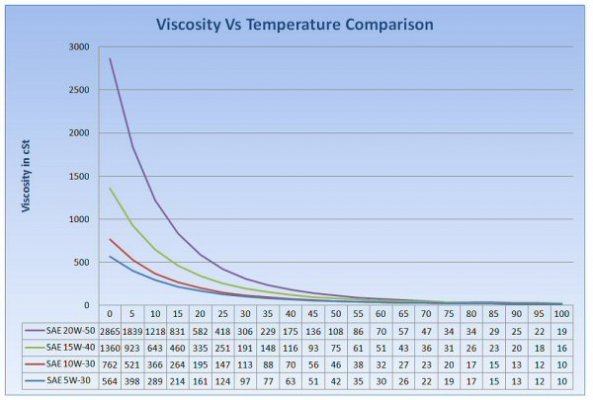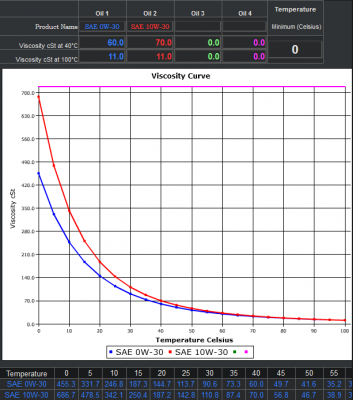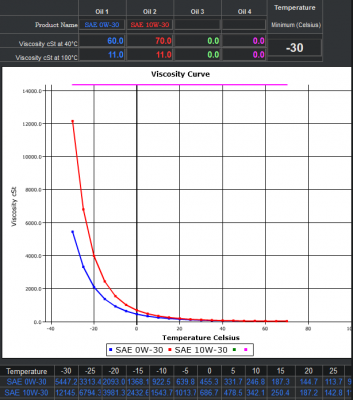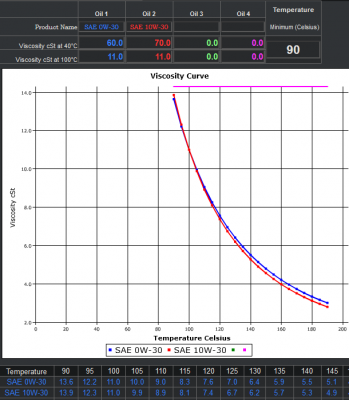Reebok59
Member
I am very interested in what you find changing out the o-ring. Mine is basically doing the same thing. Repeatable low oil pressure on low engine temps. Just the opposite of what it should be. Been watching for about 6 months now. The oil press will drop below 20 psi until it hits operating temp at 210 F. Once at operating temp, no problems, always 30 to 40 psi depending on rpm. Which makes me think an o-ring problem. It may be swelling up with increased temperature. Until it warms up, I am always putting it in nutural at red lights just to keep it above 20 psi. Once at 210, no problems. Also no problems if it cools between daily uses (hours between uses). But if it's days or maybe even 24 hours, back to low pressure issues. Very repeatable issue and would like to get it fixed. The Chevy place is clueless !




